Your shopping cart is currently empty!
For their successful, good life Information you really need: Government-funded publisher, awarded the Global Business Award as Publisher of the Year: Books, Magazine, eCourses, data-driven AI-Services. Print and online publications as well as the latest technology go hand in hand - with over 20 years of experience, partners like this Federal Ministry of Education, customers like Samsung, DELL, Telekom or universities. behind it Simone Janson, German Top 10 blogger, referenced in ARD, FAZ, ZEIT, WELT, Wikipedia.
Disclosure & Copyright: Image rights at ETECTURE.
2 X 4 tips for modern office design: The ideal workplace for employee needs!
By Susanne Busshart (More) • Last updated on October 10.06.2022, XNUMX • First published on 12.07.2016/XNUMX/XNUMX • So far 8114 readers, 1803 social media shares Likes & Reviews (5 / 5) • Read & write comments
How can work environments be designed in such a way that they improve the well-being and productivity of the Employees increase? On the successful integration of individual needs it matters!
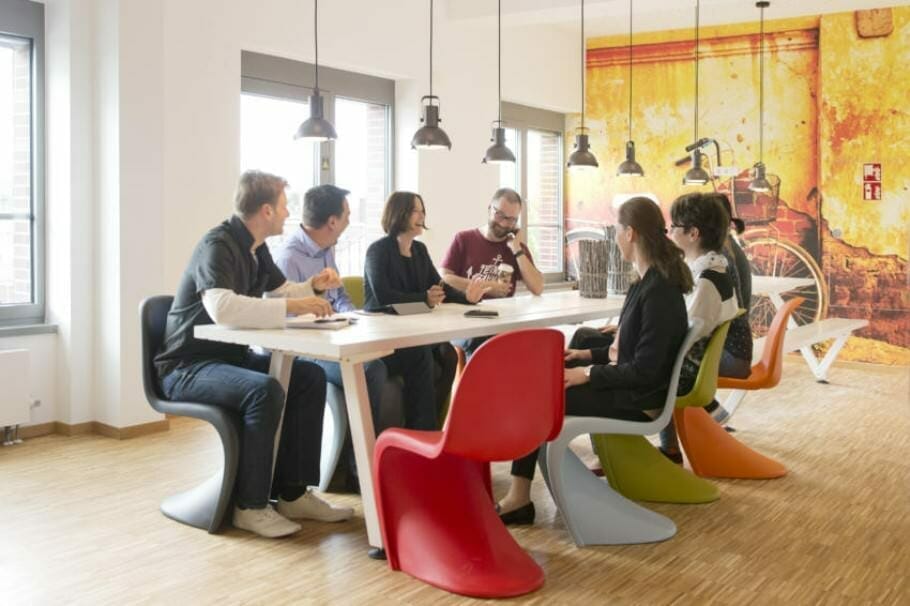
How to really tie employees to themselves
Talents are the basis of everyone Company – and decisive for the success of the company. It can be a major challenge for employers to retain long-standing employees and new talent successfully recruit. The requirements of the employees are very specific and attractive salaries and great company parties are no longer sufficient incentives today.
In times of high workloads and increasing pressure to perform, those companies are attractive that take the individual needs of their employees seriously. Factors such as health and flexibility come first, after all, employees often spend more hours a day in the company than in their home. A work environment with a high social feel-good factor is contemporary.
Design of working environments for more well-being and performance
The design, Structure and equipment of work rooms has a direct influence on the well-being and also on the performance of employees. Optimal use of space can Communication improve each other, optimize work processes and creativity support financially. However, creating an open-plan office is not the panacea. Especially with a large number of employees, general visual and auditory contact can also be lost over large areas negative auf die satisfaction and affect productivity.
Ideally, the work environment should be a meaningful one Balance from open and sheltered areas. Such a “room-in-room”Concept creates small, productive working environments with many opportunities to retreat, but also places that encourage togetherness. Both lively and introverted characters should find the environment in which they can work best. Modern office concepts therefore offer the following components, for example:
4 tips for designing a modern work environment
What aspects should be considered when designing a modern workplace? 4 tips as a theoretical concept for an employee-friendly Office -design can look like.
- Cocooning areas: Concentrated thinking and telephone calls are best done in acoustically protected places, for example in an alcove or telephone. Such areas reflect the cocooning trend, the desire to be able to withdraw alone or in small groups.
- “Village squares”: A central location in the office serves as a meeting place and promotes communication between employees. The village square can also be used as a place for announcements and stand-ups.
- Flexible creative spaces: Individually designed, flexible meeting rooms offer a welcome contrast program to the rigid meeting culture and keep your head free for new ideas.
- Relaxation zones: Even areas that slow down the working life, for example a roof terrace or a lounge, contribute significantly to the well-being and thus the performance of the employees.
4 Tips for practical implementation: Learning from experiences and adapting environments to individuals
But how are such concepts put into practice? I would like to give you tips from your own experience:
- Promote interdisciplinarity: Collaboration in the team becomes better and more fruitful when complementary characters from different disciplines work together.
- Promote talents: Not only in training, but also during the whole period in which they are working for you. Especially highly specialized talents have very strong individual needs. And, as experience shows, productivity increases when employees are able to deal intensively with tasks that have innovative power and are fun.
- Make it cozy: Employees want to feel comfortable. Therefore create a living space-in-space structure: flexible group workplaces promote communication while individual work places offer retreats for concentrated work. Both lively as well as introvert characters should find the environment in which they can work best.
- The eye eats with: You should not neglect the design as well. For example, modern interior designers from Italy and Switzerland as well as from Silicon Valley served as inspiration. Ultimately, the elements that best fit the company and the employees were implemented.
Here writes for you
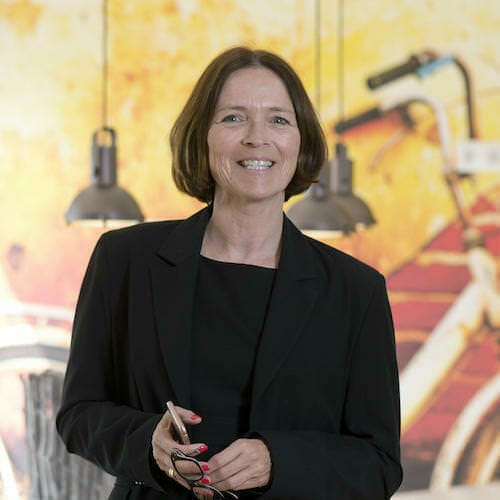 Susanne Busshart is a managing partner in the management of Etecture GmbH. Busshart holds a degree in business administration and completed her MBA manager training at the University of Illinois in Chicago. In addition to her managerial position at Etecture, she founded several companies in the digital sector and is an expert in setting up business structures. The talents and their individual needs are always the focus for them. With a sure instinct and leadership skills, she takes former start-ups to the next level of development. All texts by Susanne Busshart.
Susanne Busshart is a managing partner in the management of Etecture GmbH. Busshart holds a degree in business administration and completed her MBA manager training at the University of Illinois in Chicago. In addition to her managerial position at Etecture, she founded several companies in the digital sector and is an expert in setting up business structures. The talents and their individual needs are always the focus for them. With a sure instinct and leadership skills, she takes former start-ups to the next level of development. All texts by Susanne Busshart.
6 answers to "2 X 4 tips for modern office design: The ideal workplace for employee needs!"
-
RT @wortgefecht: This is what offices designed for employees look like #chfeed - Recommended contribution WY1iUD100B - Recommended contribution qGGp4OZ2np
-
This is what offices designed for employees look like #chfeed - Recommended contribution WY1iUD100B - Recommended contribution qGGp4OZ2np
-
2 X 4 Tips for modern office design: Decisive are employee needs! - Recommended contribution RSrgaHkB7L via @ berufebilder
-
2 X 4 tips for modern office design: Employee needs are decisive! from Susan ... - Recommended contribution nymC5AvdDs #Profile #Bilding
-
2 X 4 Tips for modern office design: Decisive are employee needs! from ... via BERUFEBILDER - Recommended contribution qpgNSOX8Jw
-
2 X 4 Tips for modern office design: Decisive are employee needs! from ... via BERUFEBILDER - Recommended contribution k41VDGFrlF


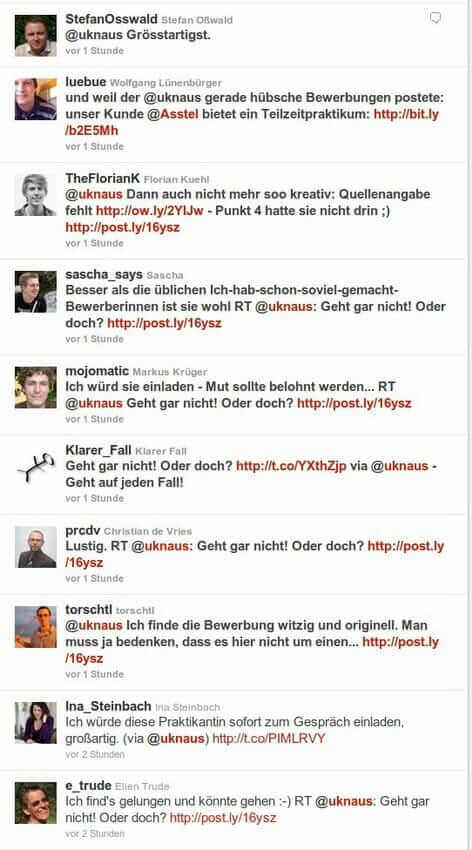

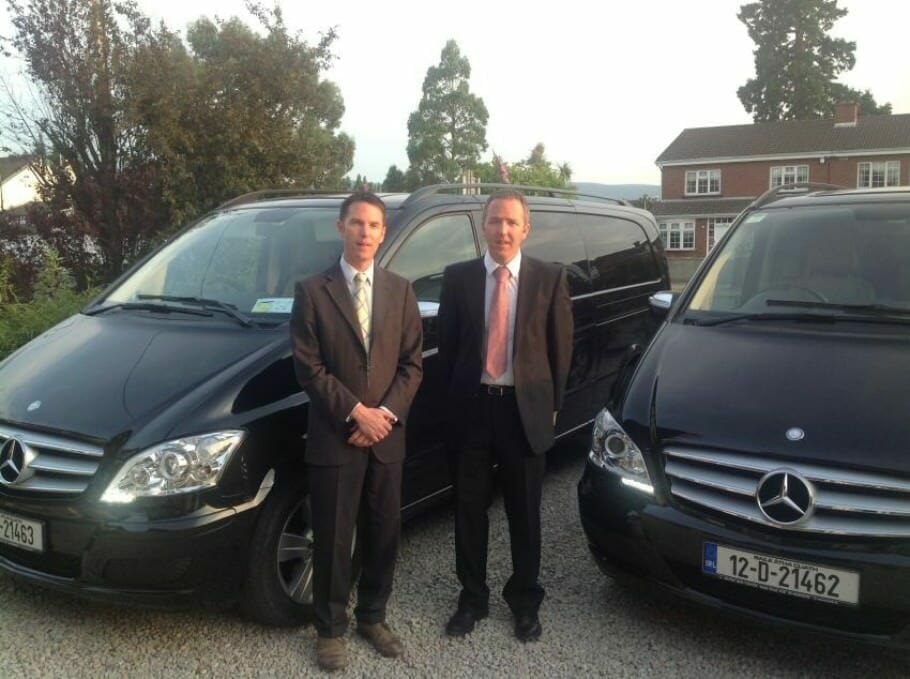
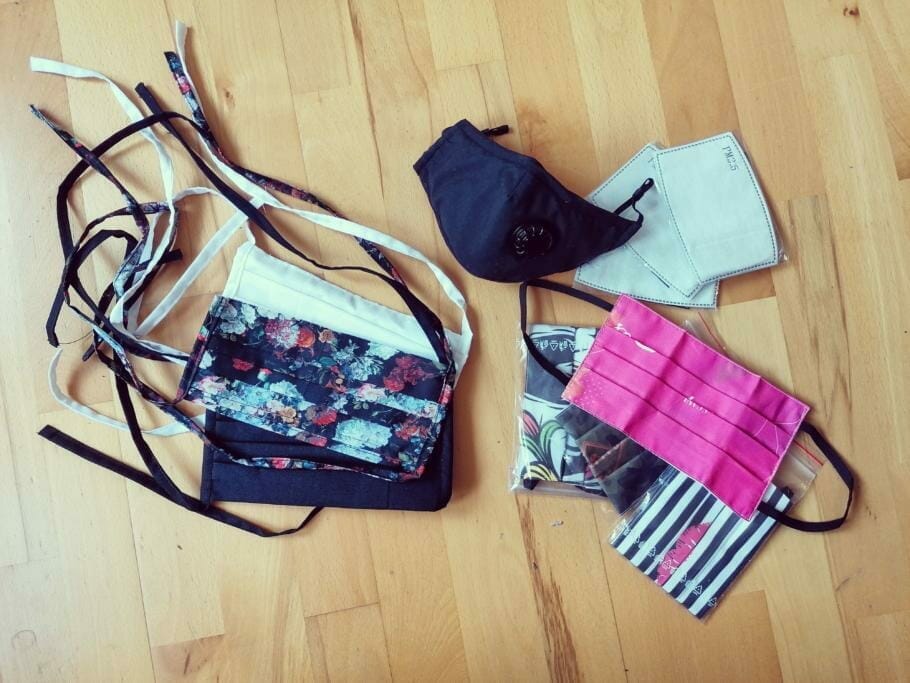
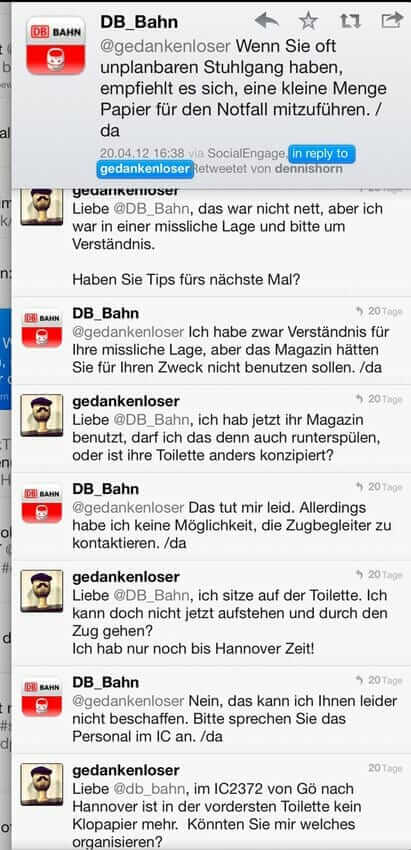

Post a Comment